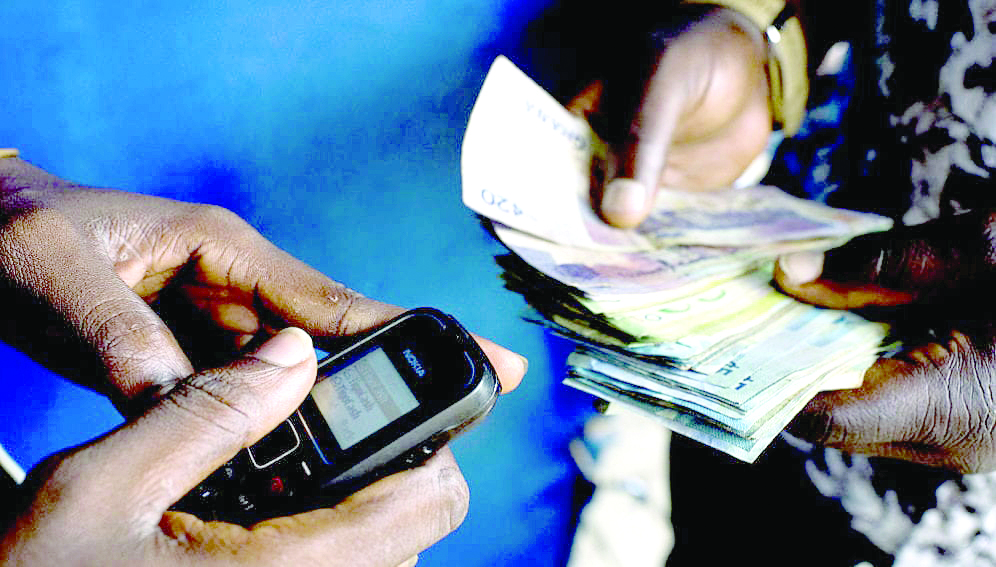Central Bank cuts rate to 10pc to stimulate growth

The Central Bank of Kenya (CBK), through its Monetary Policy Committee (MPC), has continued its trend of easing the monetary policy by lowering the Central Bank Rate (CBR) to 10.00 per cent from the previous 10.75 following its April 8 meeting marking the fourth month slash in a row.
This, according to the apex bank is expected to help in boost lending, stimulate private sector credit growth, and support the broader economy amid improving macroeconomic conditions.
The decision was largely influenced by reduced inflationary pressures and a more stable economic outlook. “The committee felt there was scope for a further easing of the monetary policy stance to stimulate lending by banks to the private sector and support economic activity, while ensuring exchange rate stability,” CBK Governor Kamau Thugge said in a statement.
Thugge who chairs MPC said the decision-making body for monetary policy will closely monitor the impact of the policy measures as well as developments in the global and domestic economy and stands ready to take further action as necessary in line with its mandate.
At the same time, the Cash Reserve Ratio has been adjusted by one basis point to 3.25 per cent to provide banks with additional liquidity and encourage lower rates.
Interest rate corridor
Kenya’s inflation rose to 3.6 per cent year-on-year in March from 3.5 per cent a month before, according to the statistics office.
In addition to the rate cut, the MPC approved narrowing the interest rate corridor around the CBR from ±150 to ±75 basis points and reduced the Discount Window rate spread to the same range to better align market rates with the policy rate. Between August 2024 and February 2025, the MPC implemented a series of interest rate cuts, reducing the CBR from 13.00 per cent to 10.75 per cent.
On August 6, 2024, the CBR was lowered by 25 basis points to 12.75 per cent, followed by further reductions to 12.00 per cent on October 8, 11.25 per cent on December 5, and finally 10.75 per cent on February 5, 2025.
“These consistent rate cuts were primarily influenced by easing inflationary pressures in the economy. The Central Bank’s actions reflect an accommodative monetary policy stance aimed at supporting economic recovery and stimulating growth. Lower interest rates are expected to enhance the lending environment, making credit more affordable and accessible for both businesses and consumers reversing the trend where it was difficult for the private sector to access affordable credit.
“This move is projected to encourage business expansion, increase household consumption, and ultimately promote job creation.” However, despite warning of dire consequences from CBK, commercial banks have taken their time to lower the rates causing a counterintuitive measure that slows down the expected impact on the economy.
While the regulator has lowered the benchmark rate by 300 basis points since August 2024, many tier-one banks have only marginally adjusted their lending rates, a move that runs counter to the CBK’s intentions. For instance, KCB lowered its lending rate by just one basis point to 14.6 per cent, while Co-op Bank reduced its rate by two percentage points to 14.5 per cent. Other institutions such as Equity, Absa, and NCBA have made slight reductions, with lending rates still well above the current CBR.
While the Kenya Bankers Association (KBA) maintains that rates have dropped by an average of three per cent and that banks require 30 days to adjust to new CBR changes, concerns remain about the slow pace of rate transmission.
KBA CEO Raymond Molenje highlighted the need for a uniform and transparent framework across all banks to ensure consistency and compliance.
Smaller lenders
Meanwhile, smaller lenders have demonstrated more responsiveness. As of february 5, only five banks had slashed their rates to match the apex bank’s then rate of 10.75 per cent where Kingdom Bank slashed its rates by 5.5 per cent to 13.86 per cent, Citi Bank NA by 5.69 per cent to 12.78 per cent, and Consolidated Bank and Stanbic Bank reduced theirs to 13.31 and 13.68 per cent respectively.
These shifts suggest a potential turning point in credit accessibility for businesses and households, especially as more competitive rates begin to emerge from smaller players in the banking sector.
This could inject new life into the economy by expanding financing options and improving cash flow across sectors. “The CBK remains committed to monitoring the effectiveness of its monetary tools and economic developments, with the next MPC meeting scheduled for June 2025,” CBK stated.
As discussions continue around removing the 30-day adjustment window, there is increasing pressure for immediate rate alignment to deliver real-time benefits to consumers.














